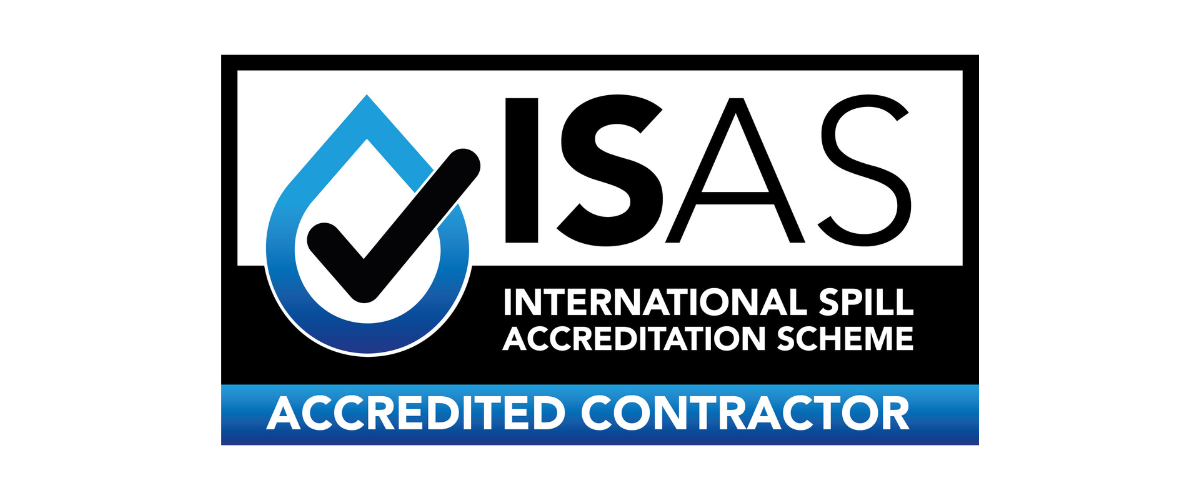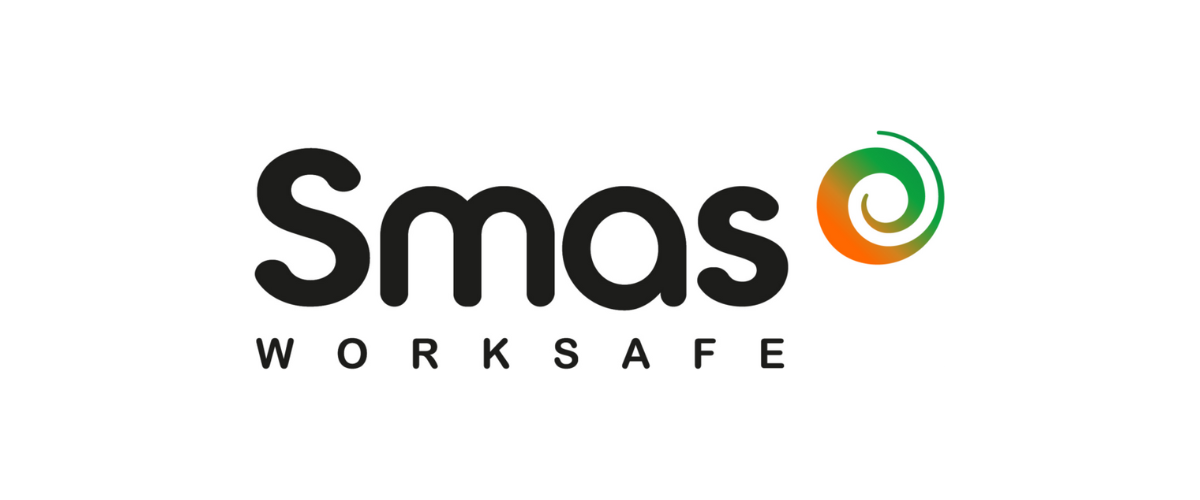GPT provide efficient interceptor management services from specification & install to maintenance and repair, expert consultants ensure compliance and effective interceptor functionality.


Interceptor Management
GPT Environmental assist site operators in remaining compliant with current legislation by specifying, installing, inspecting, maintaining, and remediating interceptors.
Interceptors (also known as separators) are installed in surface water drainage systems to prevent pollution from oil, fuel, and silt. They serve as a form of tertiary containment - helping to reduce the environmental impact of spills that exceed primary or secondary containment.
They are required on high-risk sites such as car parks over 800 m² (around 50 parking spaces), vehicle maintenance areas, refuelling facilities, and industrial premises with oil storage. Our services ensure your separators remain effective, compliant, and ready to protect your site and the environment.
GPT Interceptor / Separator Services

What is an interceptor?
Interceptors are designed to remove light non-aqueous phase liquids (LNAPLs), primarily oils, and silt, from drainage systems. Oil pollutants float on the water's surface and are captured by a series of baffles that allow water to pass while retaining the oil. Suspended solids, another key pollutant, settle within the chambers and are similarly retained.
To improve efficiency, some interceptors are fitted with coalescer filters that enhance oil-water separation. Others may include automatic closure devices that activate when oil levels become too high, and interceptor alarms which alert of high oil levels between inspections. Where installed, these components must be regularly inspected and maintained to ensure continued performance.
How does it work?
Interceptors are underground assets installed into the drainage system, designed to capture rainwater runoff from surfaces contaminated with oil, preventing pollutants from entering soil and water systems.
Whilst there are a variety of interceptor designs and models, here is a general overview of their functionality:


Do I need an Interceptor?
The operation and maintenance of oil separators is governed by BS EN 858:2:2003 Separator Systems for Light Liquids (e.g. Oil and Petrol) Interceptors are required on sites where operations may pose an environmental risk.
They are commonly found at petrol station forecourts, car wash facilities, car parks, electrical substations, distribution yards, and food processing plants. Despite their importance, many site personnel are unaware of the presence of interceptors, resulting in poor maintenance and reduced performance.
We have extensive experience in the regulation and subsequent requirements for interceptors on a wide range of sites. Get in touch to discuss whether you require an interceptor and, if so, the next steps to achieve compliance and environmental protection.














